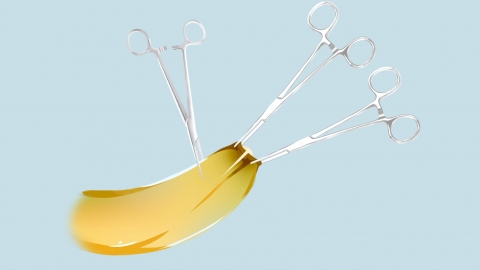What is the optimal age for circumcision surgery in children?
Generally speaking, there is no definitive "best age for circumcision in children." The appropriate timing for a child's circumcision should be determined based on developmental status and symptoms. For physiological phimosis without abnormalities, surgery is usually recommended between the ages of 5-8. However, if pathological issues such as recurrent infections or difficulty urinating occur, surgery should be performed promptly regardless of age. Detailed analysis is as follows:

Physiological phimosis in newborns up to 3-4 years old is considered normal. There is a natural adhesion between the foreskin and glans, which typically resolves on its own as the child grows older. Surgery is unnecessary at this stage, and parents can simply monitor periodically. When a child reaches 5-8 years old, if physiological phimosis persists, the foreskin opening remains narrow and cannot be retracted to expose the glans, and there are no infections or abnormal urination, surgical intervention would be appropriate. Children at this age tolerate surgery well and recover quickly. Early surgery can also prevent phimosis from affecting future reproductive development.
Regardless of age, if a child develops recurrent balanitis, balanitis, difficulty urinating, or a weak urine stream, prompt medical attention is necessary. Surgery should be performed as soon as possible after evaluation by a physician to prevent worsening symptoms and potential health complications.




